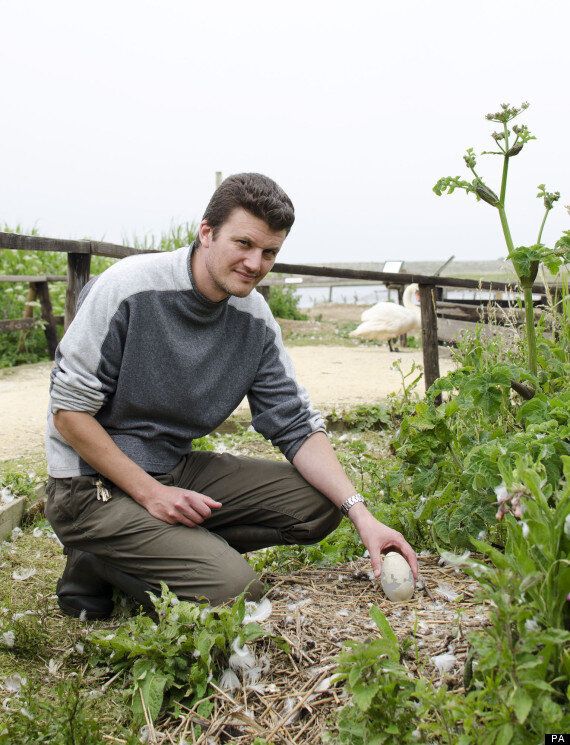Scientists are hoping that a silicon-filled computerised egg will crack open the secrets of how cygnets hatch.
The hi-tech device has been developed by Oxford University and is being used among the swans at Abbotsbury Swannery in Dorset.

Cyber egg
A swan lays four to 10 eggs at two-day intervals and incubation only begins when the last egg is laid. It means that the cygnets hatch together and can therefore be better cared for by their mother.
Scientists hope to use the technology to study the temperature of the eggs and the incubation process.
The cyber egg uses mobile phone-style accelerometers to measure movements up and down, left and right, and backwards and forwards. It can record these movements and changes in temperature eight times a second, or more, and then transmits the data to a nearby base station.
Professor Chris Perrins, of the Edward Grey Institute of Field Ornithology at the University of Oxford, said: "It's something that's puzzled us for a long time. Birds don't normally waste energy and yet some preliminary observations during the laying period indicate that a female swan does keep her eggs at least partly warm some of the time.
"But since the eggs hatch together, they are not apparently kept warm enough for development to take place. So why use up energy doing it at all? It seems odd.
"We want to understand in greater detail the amount of heat that a female puts into her eggs during laying and incubation, and why and how it's done."
Dr Stephen Ellwood, of the university's wildlife conservation research unit, made the cyber egg. He used a diamond saw to cut off the top of a dud swan's egg which he cleaned out the contents, partly filled the shell with silicon and then fitted a miniaturised computer inside.

Dr Stephen Ellwood with the cyber egg he created
"These kinds of devices make observations that were impossible possible," he said. "People just can't go into the places that these devices can go. I never expected to work with technology and commercialisation. If anything, I was a technophobe as a kid. I never used to be one for playing computer games, such as they were then, but it's strange how life turns out."
Abbotsbury has been home to a colony of mute swans for nearly 1,000 years, which are used to interacting with swannery staff and visitors. Benedictine monks established the swannery to supply swans for lavish banquets at the nearby monastery.

The cyber egg data logger
Swanherd Dave Wheeler said: "There's possibly nowhere else in the world that this study could go on without disturbing birds. Here they are used to our management and we can be intimately close at very sensitive times, throughout nesting and throughout hatching, and they're very used to that.
"So applying data loggers and receiving information from them and checking those data loggers is nothing unusual really. If we didn't take advantage of this unique situation where the birds are so tolerant, I think it would be a crime. The knowledge and the data gathered here could be of use in other places."